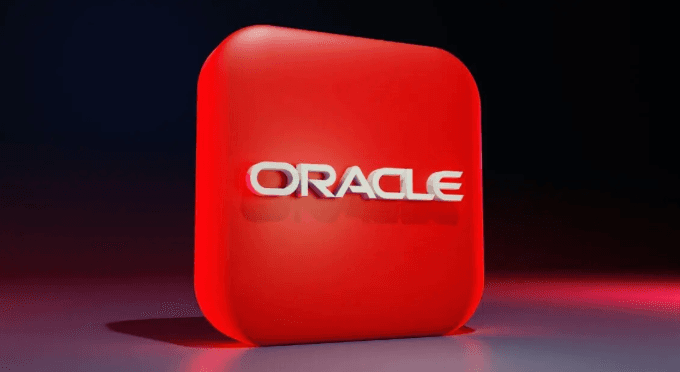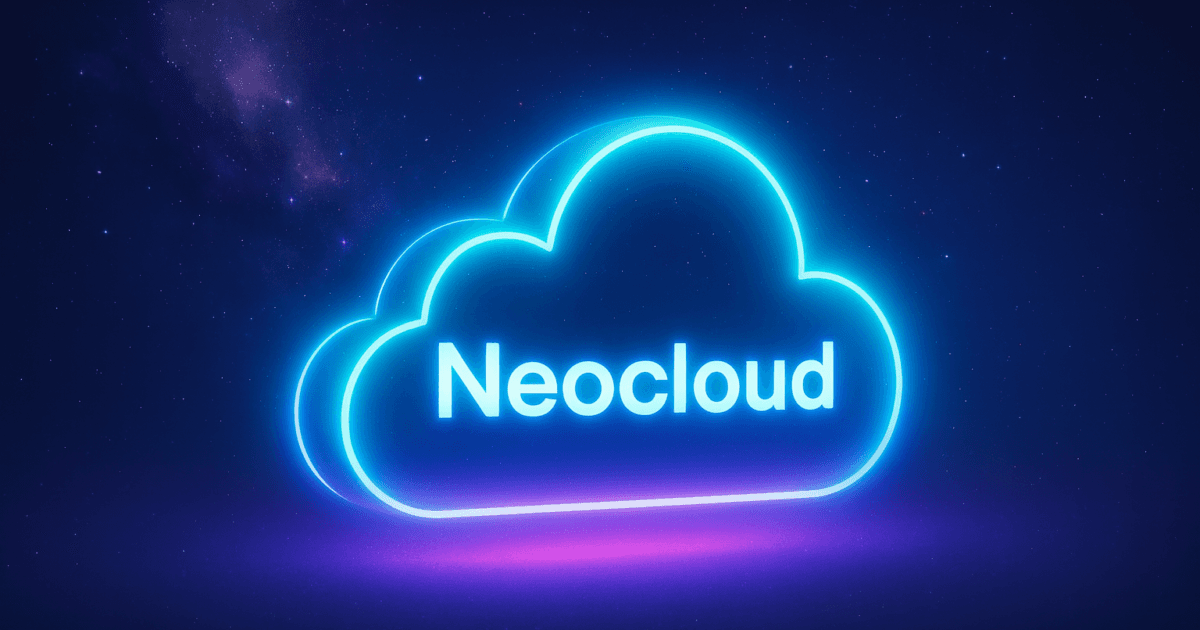What Is Nuclear Fusion and How Does It Work?


At 1 a.m. on a chilly December morning in 2022, a team of scientists in California crowded around a lab console as the readouts spiked...
For a fleeting moment, they had created a miniature star on Earth.
In that experiment at Lawrence Livermore National Laboratory's National Ignition Facility, 192 giant lasers blasted a tiny pellet of hydrogen fuel, sparking a fusion reaction...
They focused about 2 megajoules ("MJ") of laser light onto the fuel... sparking an explosion that produced a little more than 3 MJ of energy, the equivalent of about three sticks of dynamite.
"Three MJ is a hell of a lot of energy. It shows something is working," says plasma physicist Steven Rose of Imperial College London.
It was a landmark achievement, decades in the making, and it illustrated both the wonder and the challenge of nuclear fusion.
But what exactly is fusion, how does it work, and why do so many believe it could transform our world?
Fusion Means Forging Energy Like the Sun
To understand fusion, picture the core of the sun. There, at temperatures of millions of degrees Celsius and crushing pressure, hydrogen atoms slam together with such force that they merge into helium, releasing tremendous energy.
Nuclear fusion is the act of fusing light atoms into heavier ones, unleashing energy, according to Einstein's famous E=mc².
Every star, including our sun, is essentially a massive fusion reactor, converting hydrogen into helium and radiating heat and light. And scientists have dreamed for generations of harnessing "star power" for virtually limitless clean energy.
Unlike the nuclear fission used in today's nuclear power plants (which works by splitting heavy atoms like uranium), fusion pushes the lightest elements together – typically isotopes of hydrogen, such as deuterium and tritium. When these nuclei join, a tiny bit of mass is converted to energy.
The appeal is obvious: Fusion fuel is abundant... For example, deuterium can be extracted from ordinary water, and tritium can be bred from lithium. And pound for pound, each can yield millions of times more energy than coal or oil. A single kilogram of fusion fuel could produce as much energy as 10 million kilograms of fossil fuel. And it does so without the long-lived radioactive waste or carbon emissions of conventional nuclear or fossil plants.
It's the ultimate energy dream... if we can make it work.
Chasing the 'Mini Star'
The theory of fusion has been understood since the 1930s, but turning it into a practical energy source is a daunting engineering challenge.
The core problem is replicating the sun's extreme conditions without having the sun's immense gravity. To get hydrogen atoms to fuse, they must be heated to hundreds of millions of degrees so they move fast enough to overcome their natural electric repulsion. At the same time, the hot, wispy plasma (a cloud of charged particles) must be confined long enough for fusion to occur.
In stars, gravity does the confinement... On Earth, researchers have to get creative.
Over the past 70 years, scientists have tried various approaches...
- The most proven concept is the tokamak, a donut-shaped vacuum chamber that uses powerful magnetic fields to squeeze and hold a superhot plasma. Devices like the Joint European Torus and the under-construction ITER in France are examples of tokamaks.
- Another approach, used in that 2022 breakthrough, is inertial confinement fusion: focusing intense laser pulses to crush a tiny fuel pellet from all sides, momentarily achieving the necessary density and temperature.
- There are stellarators, which are essentially twisting magnetic cages. And there are newer concepts like magnetized target fusion and Z-pinches.
The challenges, however, are herculean. Fusion requires temperatures of more than 100 million degrees Celsius (180 million degrees Fahrenheit) – far hotter than the sun's core – because without stellar gravity, we must brute-force the reaction with heat. At such extremes, no solid material can directly contain the fuel, so it must be suspended by magnetic fields or confined for microseconds by lasers. If the plasma even grazes the chamber walls or loses stability, the reaction fizzles.
For decades, researchers could spark fusion reactions, but they always expended more energy igniting them than the fusion produced. This gave rise to the quip that fusion energy is "30 years away, and always will be."
A Breakthrough and a New Hope
That's why the Livermore lab's announcement on December 5, 2022 made headlines worldwide.
For the first time ever, the fusion fuel had output more energy than the lasers delivered to it.
Former U.S. Energy Secretary Jennifer Granholm hailed it as "one of the most impressive scientific feats of the 21st century," and the Department of Energy called it a milestone that "will pave the way for advancements in national defense and the future of clean power."
Scientists had finally proved that net-positive fusion is possible... at least on a tiny scale.
Then, in the summer of 2023, they repeated the feat with an even higher yield, underscoring that this was no fluke but a reproducible breakthrough.
To be clear, fusion wasn't immediately a usable energy source. The lasers and facility still consumed far more electricity overall than the fusion reaction gave out.
But these results electrified the field... Decades of incremental progress in plasma control, superconducting magnets, and materials were coming to a head.
Why Fusion Could Change Everything
If scientists and entrepreneurs can push fusion over the engineering hurdles, the implications are staggering...
Fusion power plants would generate virtually limitless electricity from common elements – imagine fueling entire cities with a few gallons of seawater and some lithium. Unlike fossil fuels or even fission reactors, a fusion reactor would pose no risk of meltdown – if anything goes wrong, the reaction simply stops. There's no chain reaction to run away. And the "waste" from fusing hydrogen is mostly harmless helium gas.
In short, fusion could deliver the holy grail of energy: abundant, clean, and safe power that reshapes economies and geopolitics.
The road ahead is still long... Building a device that can sustainably produce more energy than it consumes – and do it cheaply enough to compete with other energy sources – is the grand engineering challenge of our time.
Optimistic private companies speak of having fusion on the electric grid by the 2030s, while cautious scientists note that past predictions have fallen flat.
Yet the momentum and investment pouring into fusion today are unprecedented. From government labs to venture-funded startups, a new generation is racing to bring star power down to Earth.
Enthusiasts sometimes joke that if fusion energy is like tapping the power of the sun, then achieving it would be like discovering fire 2.0 for civilization.
In fact, some analysts have nicknamed the coming fusion era "Amazon Helios," framing it as a revolutionary energy shift on par with the rise of the Internet or Amazon's disruption of commerce.
As the scientists back in that California lab will tell you: It's no longer a question of if fusion will work, but when.



